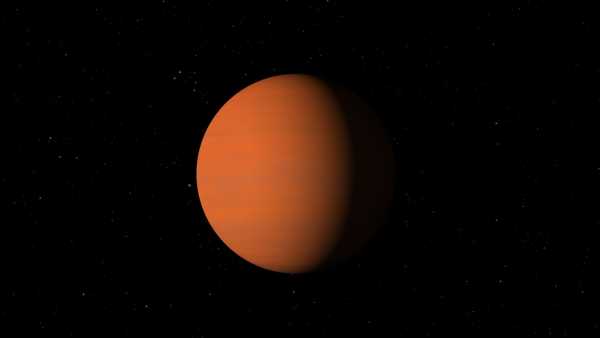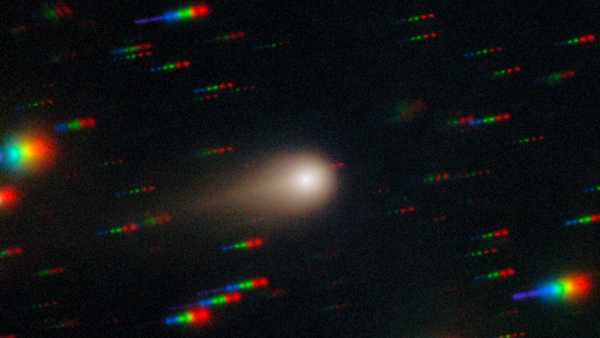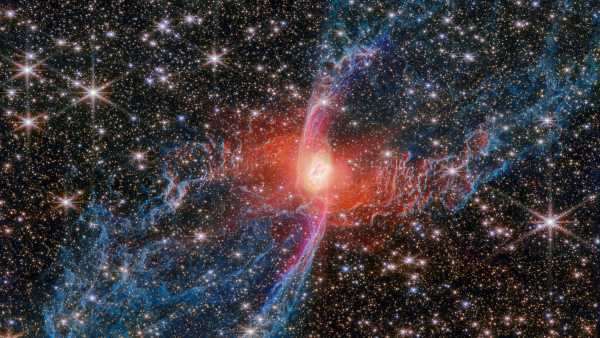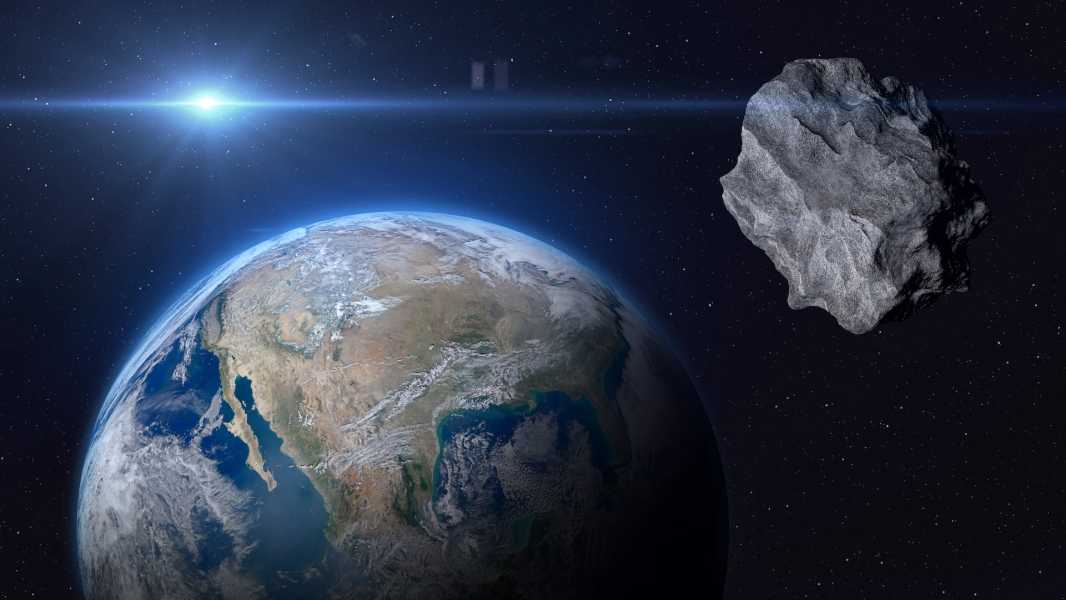
Potentially hazardous asteroids are space objects that approach Earth at dangerous distances and are large enough to cause serious harm if they collide with the planet. (Image credit: buradaki via Getty Images)
There are millions of large space objects in our solar system, mostly concentrated in the main asteroid belt between Mars and Jupiter. However, only a few of them ever pass close to Earth, and even fewer pose a real threat to our planet.
NASA classifies asteroids that are within 30 million miles (50 million kilometers) of Earth as near-Earth objects (NEOs). Within this category of space objects is a subset of particularly concerning objects, as they are large enough to approach Earth at dangerous distances, posing a real risk of impact with our planet.
These threatening rocks are called “potentially hazardous asteroids” (PHAs) and are under constant observation by astronomers.
But how many potentially hazardous asteroids are there? What threat do they pose? And can we prevent them from hitting Earth? Here's everything you need to know about these dangerous space objects.
Which asteroids are considered potentially hazardous?
According to NASA, potentially hazardous asteroids are near-Earth objects larger than 460 feet (140 meters) in diameter that could pass within 4.65 million miles (7.48 million km) of Earth, about 20 times the average distance between Earth and the moon.
If an asteroid of this size were to enter Earth's atmosphere without burning up, it could cause massive damage — especially if it fell in a densely populated area. These potential impactors are often referred to as “city-killer asteroids.”
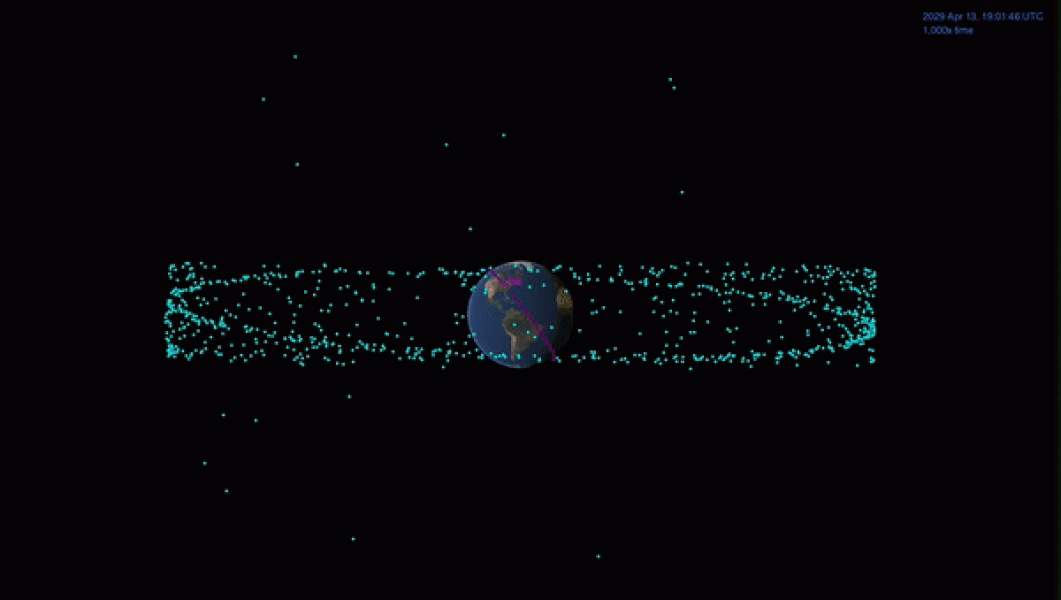
The city-destroying asteroid Apophis is set to come closer to Earth than some moons during its close flyby in 2029.
Some potentially hazardous asteroids are even larger — larger than 0.6 miles (1 kilometer) in diameter — and could cause catastrophic effects on the planet or even trigger a mass extinction, as happened to the dinosaurs 66 million years ago. These rocks are known as “planet killers.”
How many potentially hazardous asteroids are there?
As of February 2025, NASA's Center for Near-Earth Object Studies (CNEOS) has identified approximately 37,500 near-Earth objects. Of these, about 2,500 are considered potentially hazardous, according to the International Astronomical Union's (IAU) Minor Planet Center.
Many of these objects originated in the main asteroid belt, but their orbits have changed over time as a result of the evolution of the Solar System.
Sourse: www.livescience.com


